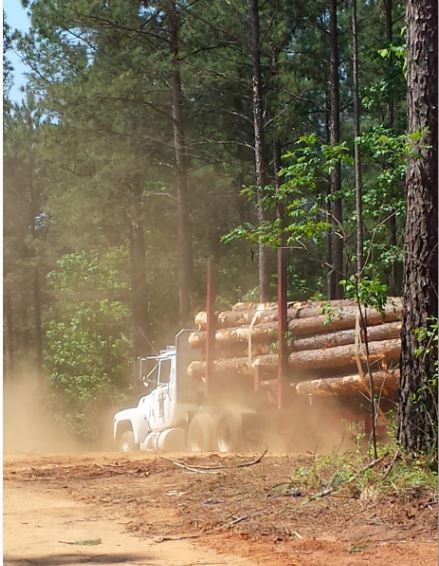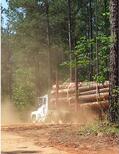2 min read
Timber Supply and Demand Trends Confirmed by New FIA Data
 Daniel Stuber
:
December 3, 2014
Daniel Stuber
:
December 3, 2014

Since 2006, when market prices for pine sawtimber started to soften, the amount of timber harvested has decreased. Timberland owners adjusted their harvest schedules longer rotations with more second thinning regimes. This change has led to an accumulation of sawtimber in forests in the US South, and this in turn has led to the number of acres being regenerated dropping precipitously.

New data from the U.S. Forest Service’s Forest Inventory and Analysis group confirms these timber supply and demand trends. Based on the 2013 measurement cycle, the inventory of sawtimber has increased 3.2 percent annually since 2007, or 21 percent. Pine pulpwood inventory has also increased, though by less than half as much as sawtimber; since 2007, inventory in the pine pulpwood category has increased by 9 percent or 1.4 percent annually. This new data suggests that much of what we have heard about forest resources being under significant stress should be questioned.
Forest2Market’s analysis of this new data shows that wood supply issues are restricted to certain age classes and certain locations. The 21-40 age classes (where most sawtimber is harvested) have increased, growing from 41 to 47 percent of total inventory. Inventory levels for the 0-20 age classes have dropped, however, with a decline from 26 to 24 percent of total inventory.
While gross pine pulpwood inventory is increasing southwide, this decline in pine pulpwood as a percentage of total inventory will produce high and low cost markets across the region. The uneven distribution of supply strain will be caused by these equally balanced drivers:
- Low regeneration rates due to sawtimber oversupply
- Strong demand for pine fiber from pulp and paper manufacturers
- New demand from bioenergy producers
Stumpage price trends will be impacted by these changes. Pine sawtimber prices in 2005, at the height of the housing boom, averaged $45 per ton and pine chip-n-saw prices averaged $26 per ton. In 2009, following the recession, sawtimber prices fell to $28 per ton, a 38 percent decrease, and chip-n-saw prices fell to $17 per ton, a 35 percent drop. While removals increased by 28 percent from 2009 to 2013, prices have improved only slightly, a result of oversupply of sawtimber.
Pine pulpwood prices have trended higher since 2007, though some volatility was created by higher than normal rainfall in some locations and years and an increase in pine pulpwood demand.
Forest2Market’s new white paper, “Future Implications: Timber Supply and Price Trends,” provides additional details about these changes, as well as a look at individual locations across the South that will be advantaged or disadvantaged by these trends.




